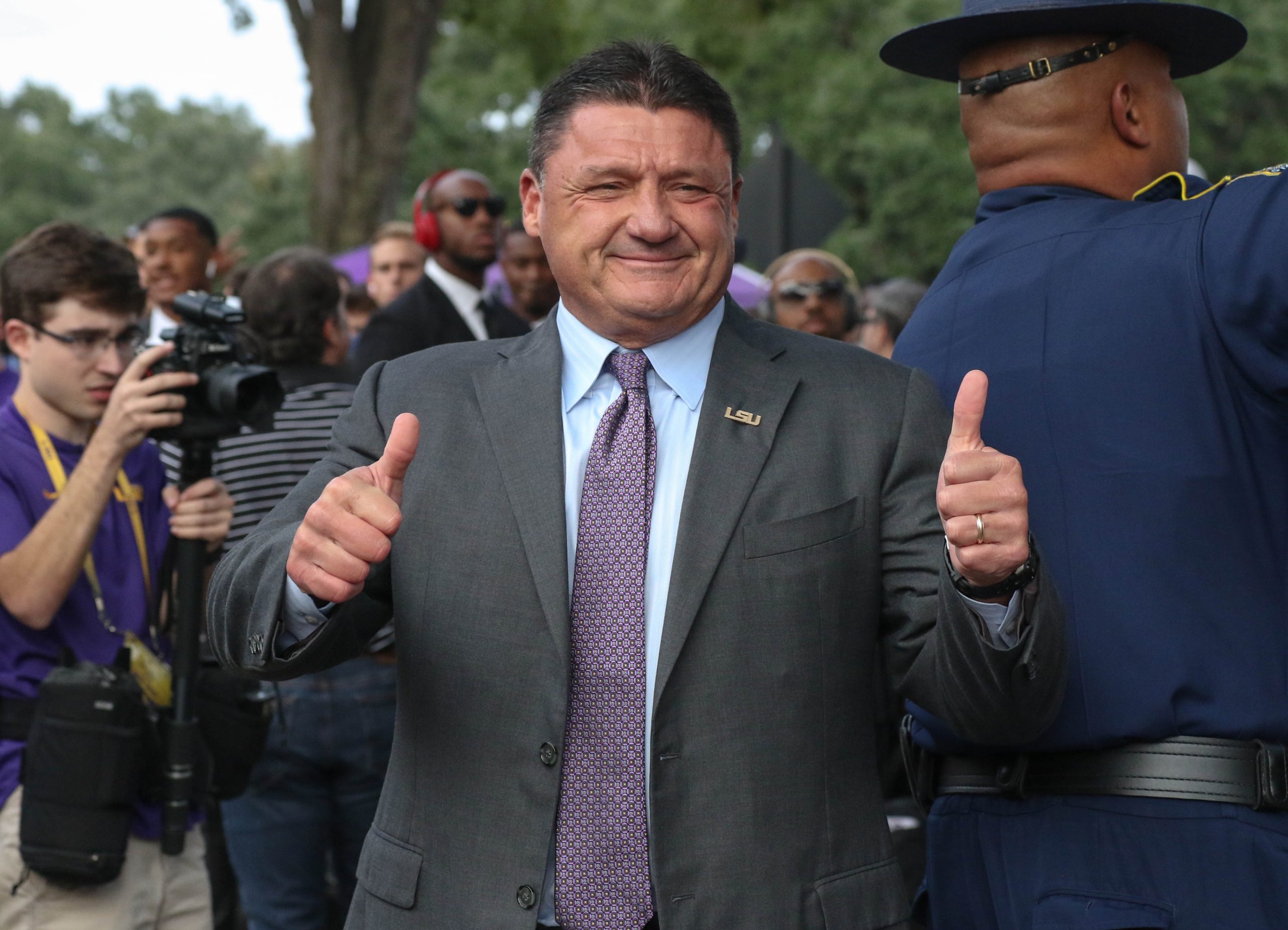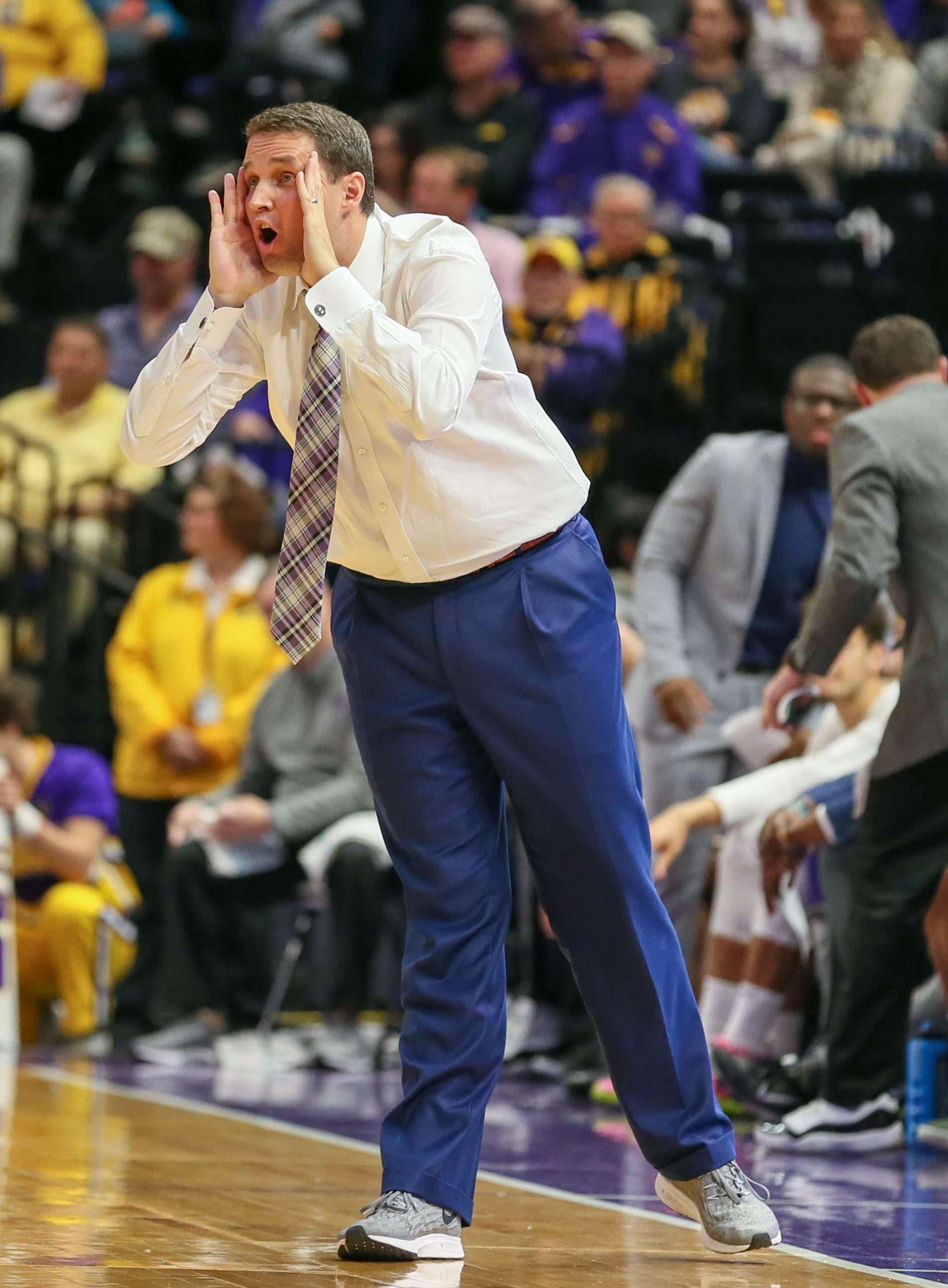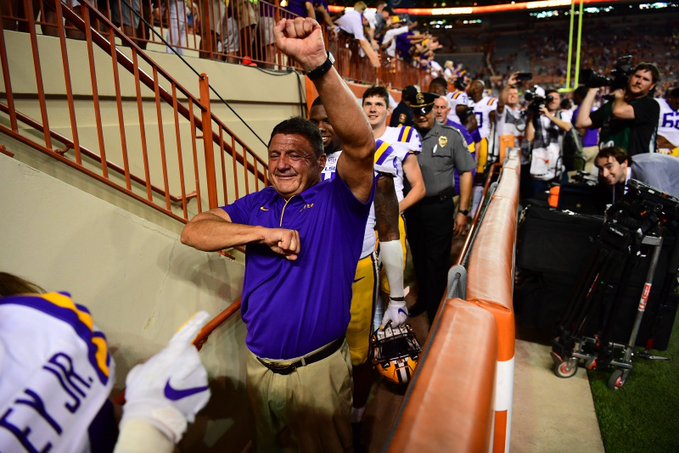
The College Football Playoff national championship between LSU and Clemson is exciting, not just for the two fanbases involved but also for the neutral observer.
The teams have stark differences and styles that make for an interesting matchup and they also share some striking similarities, especially on offense. The skill positions include players that are arguably among the top five players at their position this year.
There are other positions that matter, including the entire defensive units. But these are the playmakers who will ultimately have the biggest impact on whether or not their teams will win a national championship.
So who has the overall advantage on the field?
Quarterback
QB A: 371-478 (77.62%), 5,208 yards, 55 TD, 6 INT
QB B: 250-370 (67.6%), 3.431 yards, 36 TD, 8 INT
Okay so this one is an easy one if you’ve been keeping tabs on the Joe Burrow Record Watch. QB A is LSU Heisman Trophy winner Burrow and B is Clemson’s Trevor Lawrence.
Burrow has a decided advantage in every category, which is saying a lot considering how Lawrence is one of the elite college quarterbacks. Burrow has more completions than Lawrence has attempts. That might be due to Burrow playing deeper in more games than Lawrence has, but it’s still wild to wrap your head around. It serves as a testament to how vastly different the LSU offense has become with Burrow under first-year passing game coordinator Joe Brady.
Running Back
RB A: 192 carries, 1,536 yards (8.0 yards/carry), 18 TD
RB B: 199 carries, 1,304 yards (6.6 yards/carry, 16 TD
In this comparison, running back A is Clemson’s Travis Etienne.
LSU’s Clyde Edwards-Helaire has had a great year. In almost any other season, he might have the more impressive stats with a larger workload. But LSU has simply passed more this time around. Even still, Etienne has more yards on fewer carries with more touchdowns.
And Etienne has split more time with J-Lyn Dixon than Edwards-Helaire has with Tyrion Davis-Price and John Emery Jr. Dixon has more yards (636) than Davis-Price and Emery Jr. have combined (487). Also, Clemson has been involved in more blowouts where it called off its starters than LSU has.
Etienne, a Jennings product, is one of the biggest misses in LSU’s recruiting history. You can imagine how excited he is to play his last college game in his home state.
Wide Receiver
WR A: 56 receptions, 1,115 yards (19.9 yards/reception), 13 TD
WR B: 102 receptions, 1,434 yards (14.06 yards/reception), 18 TD
WR C: 75 receptions, 1,449 yards (20.79 yards/reception), 18 TD
WR D: 61 receptions, 789 yards, (12.9 yards/reception, 8 TD
WR A and D are Clemson’s Tee Higgins and Justyn Ross. WR B and C are LSU’s Justin Jefferson and Ja’Marr Chase.
By every metric outside of the yards per catch, LSU’s wideouts hold the advantage. Burrow couldn’t have broken all those passing records without someone to reel them in.
What’s interesting about Clemson is that you can see how it uses its top two receivers for specific roles. Higgins is a pure home run threat with fewer catches but with more yards and touchdowns than Ross, who works the shallower routes. With almost 20 fewer receptions, Higgins has the nearly the same yards per catch average as Biletnikoff Award winner Chase does.
Here’s where running back Edwards-Helaire makes up his game. If he were to walk over to the Clemson sideline, he would instantly become its No. 3 receiver in receptions (50) and No. 4 in yardage (399). But Clemson also uses Etienne in the passing game remarkably well. Etienne has fewer catches (32) than Edwards-Helaire, but he’s not far from the yardage total (396).
So in the end, the numbers suggest that LSU holds the advantage in the passing game while Clemson has the better rushing attack.
That might end up being how Clemson decides to attack the game, using its run game to slow tempo and limit the number of possessions LSU and Burrow get to score on.




Tigers win for sure … that’s of course the LSU TIGERS!
GEAUX LSU TIGERS ?
???????